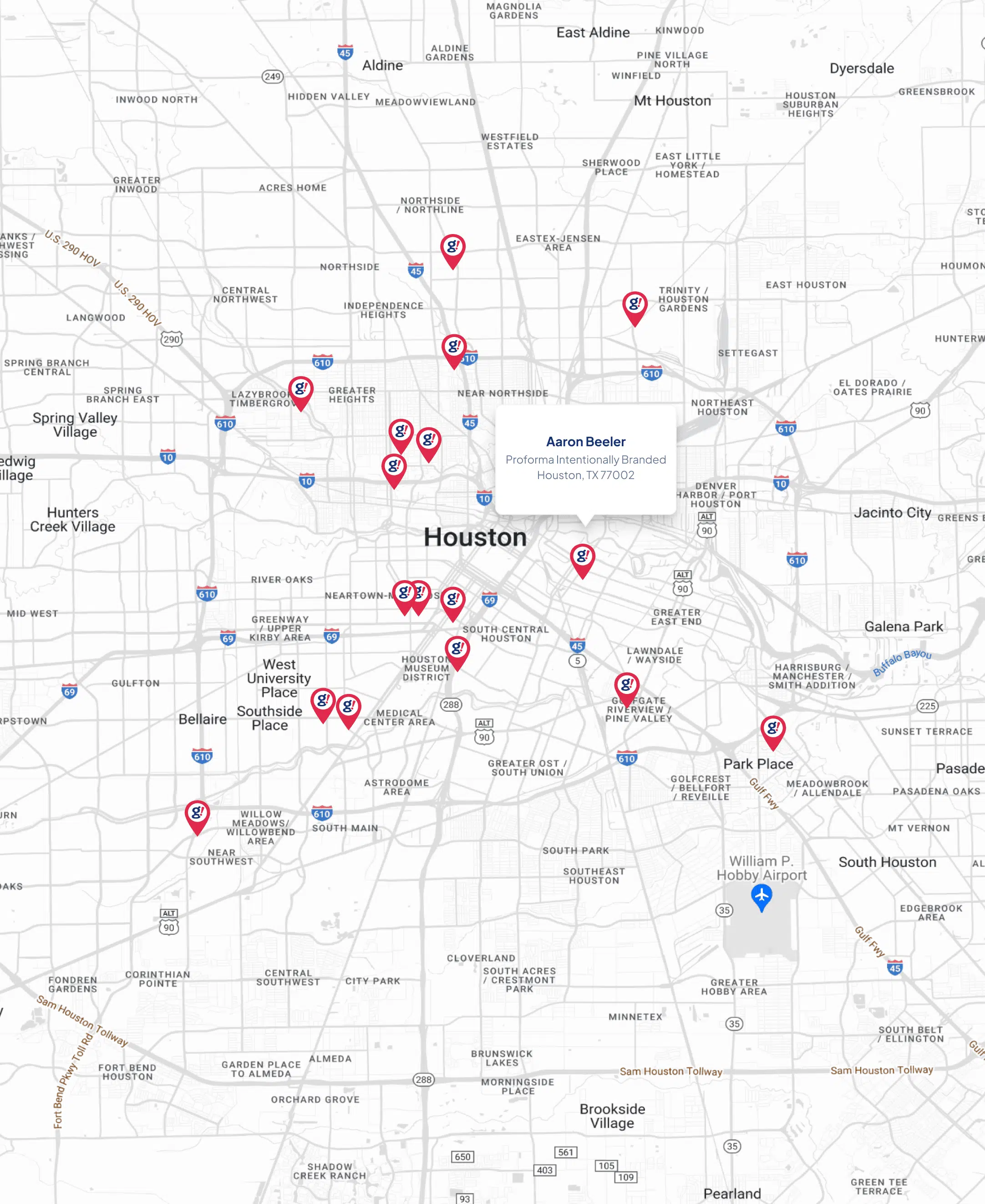How to Easily Add Two Blogs to a Single WordPress Site
- Updated on: 2019-09-27
- Read original article here

If you have already created a blog, or are thinking of one, you may find yourself with a couple of topics or more that would fit better on a separate blog within your single site. They are just different enough but not so unrelated that they warrant their own site and WordPress installation.
This is actually very simple when using categories and your custom menus in WordPress. You can categorize certain posts and create buttons in your navigation bar to give your readers the illusion that they are two separate blogs. In this video I will show you how.
Note that this video was made before the release of the new WordPress editor, Gutenberg. But it was affect the concept of how this works.
Here are a few tips I suggested in the video:
When creating your two blogs, take advantage of listing them in the sidebar of any widget area using the Custom Menu widget.
If you are creating the illusion of two blogs, you may also want to customize the sidebars for the separate blogs.
Example: You have categories on nature photography and a blog on urban photography that you have used to create the two blogs on your site. You might want to have only the recent posts from that category show up on that specific archive page and single posts. The same for the other category.
Example 2: You have a book you sell on the two types of photography you do and would like those highlighted only in the sidebar for each specific category.
In these cases you would add a custom sidebar widget. Plugins for doing this are:
Jetpack Visibility – if you are already using Jetpack, this feature may have slipped by you. Whenever you add a widget to a widget area, you will see a Visibility button. This let’s you control where the widget appears.
Content Aware Sidebars – this plugin is also incredibly flexible for controlling your sidebars, and with the pro version it brings some features that other plugins for this functionality do not bring to the table.
As I mentioned, any theme will be able to do this. I often recommend the Genesis framework and child themes. Their homepages make it easier to organize your content and blogs with an entirely widget based homepage.
At the time of this post, the theme we were using is the Mai Child Theme. It has some unique options for laying out that category archive page. Watch this video as an example of how a theme might give you extra options.
Of course there are likely many themes out there that might provide something similar to this or another unique way of creating a custom archive page. But if you are interested in the Mai Child theme you can go directly to StudioPress.com to see a demo and purchase your own copy.
Now if you really want to buff up your category page, you might want to consider a page builder. There are several on the market, but my personal favorite is Beaver Builder. This will essentially let you create a custom page for your different blogs on your single site and the sky is the limit. In this video I show you how you can do this with a simple example.
Of course you may have already be using a page builder that you can use. Now be aware, if you are wanting two very simple separate pages for your blogs this might be overkill. But yet, you can really take this as far as you can imagine with the content and layout you could pull into the page.



